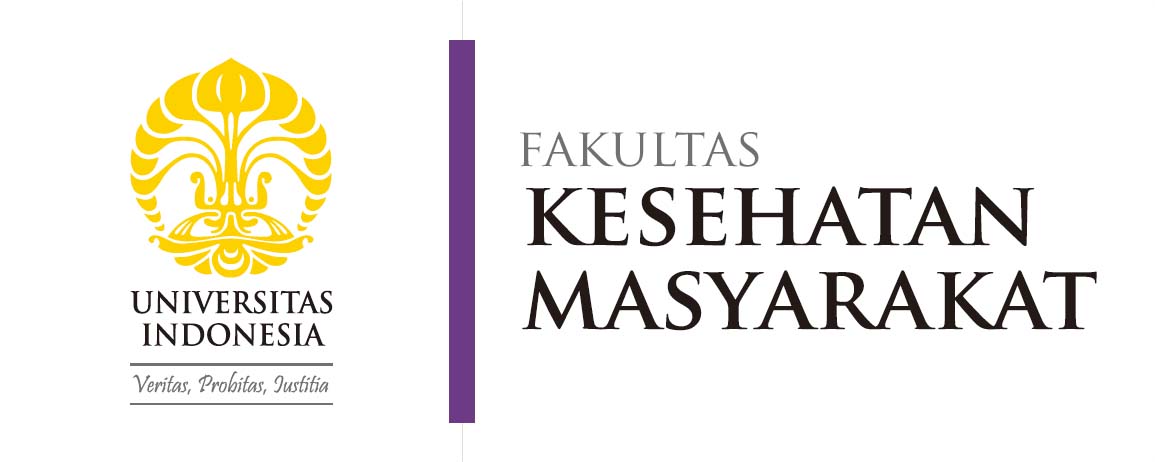
On Saturday, October 7, 2023, the Faculty of Public Health, Universitas Indonesia (FPH UI) and the ILUNI of FPH UI enlivened the 58th FPH UI Anniversary by organizing a Webinar Series themed “Complementary Feeding Theory and Practice”.
“Complementary feeding is the most effective way to deal with stunting. Unfortunately, only 50-60% of complementary feeding practices meet nutritional needs and are given at the appropriate time,” said Dr. Ir. Asih Setiarini, M.Sc., Vice Dean for Education, Research, and Student Affairs in her speech.
Moreover, the first speaker, Dr. Davrina Rianda, M.Gz., said, “Complementary feeding is very important to fulfil children’s nutrition. The right complementary food not only supports children to grow, but also to develop.” According to Dr. Davrina, complementary feeding can be called successful if the amount of children’s nutritional intake is fulfilled, especially nutrients that are closely related to children’s growth, such as protein, iron, zinc, and iodine.
There are four principles of complementary feeding that should be met, i.e. timely; adequate in terms of frequency, quantity, and consistency; safe; and appropriate. Doctor Davrina then emphasized that complementary feeding is a period of forming children’s attitudes and eating preferences. “Caregivers should implement responsive feeding, or be sensitive to the signals given by the child. Make the moment of complementary feeding a fun moment so that children are not traumatized by food,” said Dr. Davrina.
 Wahyu Kurnia, S.K.M., M.K.M., Lecturer at the Department of Nutrition FPH UI, explained issues related to complementary feeding. After a child is 6 months old, breastfeeding alone is not enough to fulfil a child’s nutritional needs. There are several foods that must be consumed by children, including staple foods as a source of energy, side dishes, especially animal protein, vegetables and fruits, and fats. “The key to complementary food is diversity and sufficient frequency.
Wahyu Kurnia, S.K.M., M.K.M., Lecturer at the Department of Nutrition FPH UI, explained issues related to complementary feeding. After a child is 6 months old, breastfeeding alone is not enough to fulfil a child’s nutritional needs. There are several foods that must be consumed by children, including staple foods as a source of energy, side dishes, especially animal protein, vegetables and fruits, and fats. “The key to complementary food is diversity and sufficient frequency.
During the complementary feeding period, children should continue to receive breast milk, consume 5 of the 8 types of food recommended for complementary feeding, consume animal side dishes, as well as vegetables and fruits. Fortified foods or vitamin and mineral supplements can also be added if needed. In addition, avoid low-nutrient foods and drinks as well as the addition of excessive sugar and salt,” Wahyu said. In practice, complementary foods should be given gradually and sustainably.

“The purpose of eating is not just to be full, but it must also be good for the body,” explained Astina Astikah Sultan, S.K.M. Astina as a real food activist said that real food is food that is minimally processed, digestion-friendly, and its nutritional content is still maintained. “In contrast, ultra processed food produced by industry generally contains a lot of sugar which is not good for the body.
Refined sugar is the worst food source that can damage brain function,” said Astina. Therefore, she recommends nutrient dense food (NDF) or food with high nutrition to be given during the complementary feeding period. According to her, optimizing children’s nutrition can be done by consuming NDF, avoiding consumption of processed sugar and synthetic vitamins, paying attention to sleep quality, and consuming non-synthetic vitamins and minerals.
The webinar is expected to increase public understanding of the theory and how to practice proper Complimentary Feeding so as to meet children’s nutritional needs. (WR/SC)

